Digital ad curation is the key to standing out in today’s overcrowded online world. With over 200 million active websites and 250,000 new domains registered every day, audiences are constantly bombarded with content. Add to that the fact that most people spend nearly 4 hours a day on their phones, and you’ve got a digital landscape overflowing with noise.
Generic advertising methods are no longer sufficient for firms to reach the right audience at the right time. It provides a more intelligent and focused strategy by leveraging context and data to display advertising that has a genuine impact. It’s how companies stay relevant and break through the clutter.
This article will break down what it is, why it’s essential in today’s fast-moving digital ecosystem, and how businesses can leverage it to boost engagement, performance, and ROI.
Also Read: How Generative AI Is Redefining Customer Engagement in the Era of Hyper-Personalization
What Is Digital Ad Curation and Why Does It Matter?
Ad curation is the act of choosing and filtering advertisements to make sure users see the most appropriate and relevant ones. As the digital advertising environment shifts away from third-party cookies and broad targeting, it has become increasingly crucial.
According to an ANA analysis, invalid traffic, poor-quality ads, or bad placement can waste up to US$ 22 billion of the worldwide open web advertising spend annually. These patterns show how curation preserves performance and relevance in a market that prioritizes privacy.
Issues With Conventional Models of Ad Delivery
Scale and the highest bid price are frequently given priority in traditional programmatic advertising, which might result in the following:
- Low-quality or irrelevant environments: Advertisements may show up on websites that don’t align with the target market or brand’s values.
- Low user engagement: Click-through rates (CTR) and conversions might be decreased when advertising and content don’t match context.
- Issues with brand safety: Ads may appear next to objectionable or troublesome content.
- Exposure to repetitive or redundant ads: When users encounter the same advertisement too much, it might lead to ad fatigue.
- Ineffective inventory management: Overall performance can be lowered by squandering high-value positions on pointless creatives.
These issues reduce campaign effectiveness and can degrade the user experience, especially in environments like CTV or mobile apps where ad slots are limited. Furthermore, 87% of marketers who used machine learning-based targeting reported higher ROI, according to ExchangeWire. This implies that advertisements function better when they are shown in settings that are more contextually appropriate.
A Premium Ad Network: Is Digital Ad Curation One?
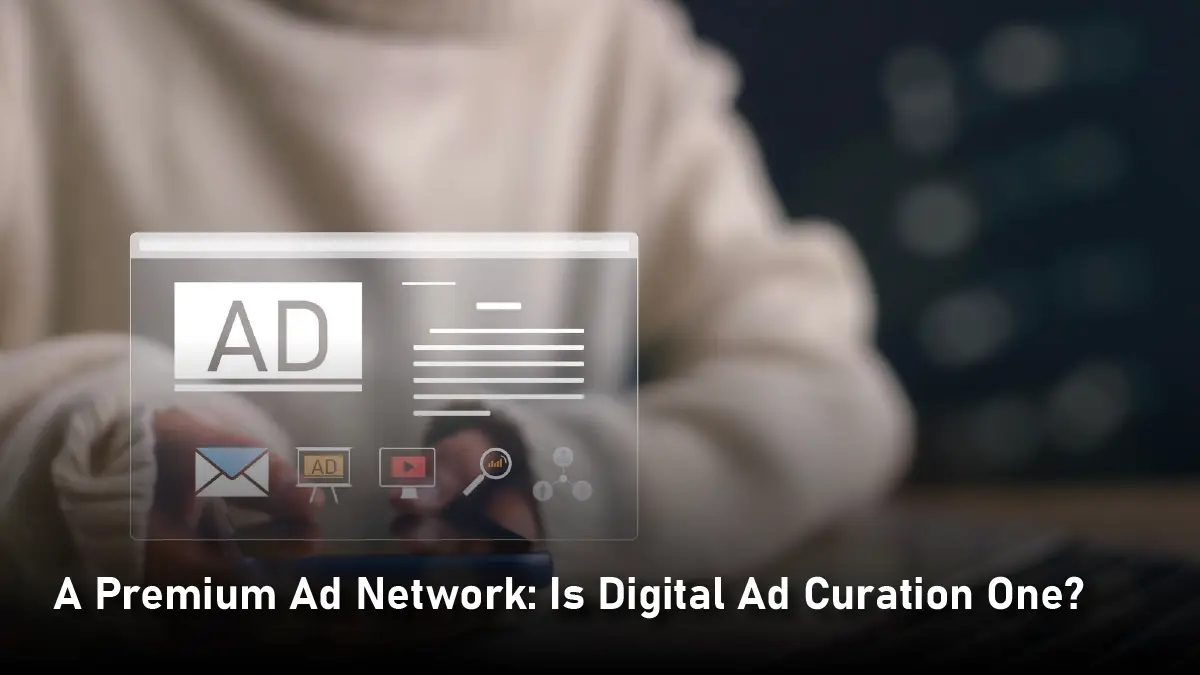
Premium ad networks were created by ad tech platforms many years ago, allowing marketers to exclusively run ads on a limited number of digital publications.
Curation gives more, yet it’s a similar concept.
The primary distinction is in methodology: premium networks concentrate on unique, high-value goods, whereas curating emphasizes customized mixes from many sources. Furthermore, ad tech platforms can now more precisely select an advertiser’s audience from that higher-value inventory thanks to machine learning and artificial intelligence models.
How Ad Curation Works
In the process of delivering ads, ad curation adds another level of filtering and judgment. It assesses contextual fit, metadata, and ad creatives before displaying the advertisement. Typically, it is carried out by:
Supply-Side Platforms (SSPs): Ad creatives are filtered according to publisher guidelines (e.g., barring certain categories or creative kinds).
Retail Media Networks: Displaying only pertinent product advertisements by curating them based on on-page context.
CTV Platforms: Preserving viewing experiences by matching advertisements to particular show genres or content themes.
Semantic analysis, rules-based filtering, and occasionally human evaluation are considered technical aspects of this. Ad curation may take place in a neutral setting, such as curated marketplaces, or on the supply or demand side. Some platforms further refine which advertising will work best for particular audiences or settings by using machine learning.
Why Digital Ad Curation in B2B Marketing is Too Important to Ignore
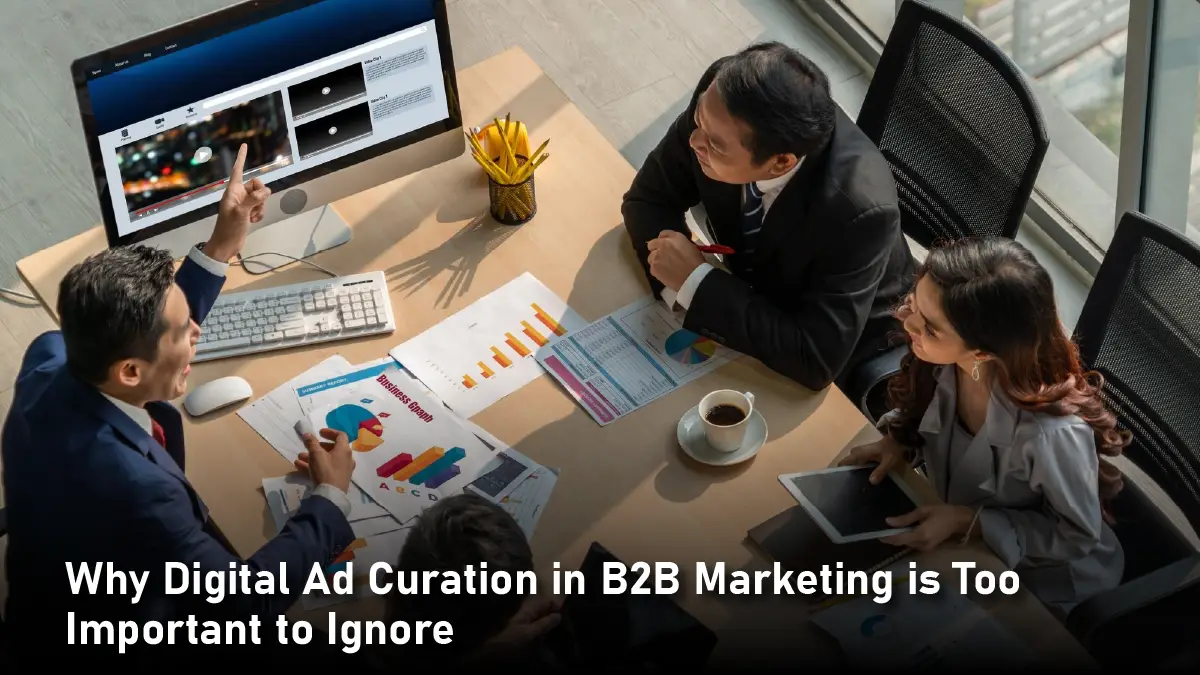
Curating ad digitally has outstanding advantages that give you an edge, especially if you’re in B2B commerce.
· B2B buyers want relevance; fast
B2B decision-makers don’t have time to sift through irrelevant ads. They’re looking for solutions to specific problems. Ad curation helps you deliver ads that match their role, industry, or business challenge. The more relevant your ad, the more likely they’ll pay attention; and act.
· You’ll save budget and boost ROI
Every click on a poorly targeted ad wastes your budget. With curated ads, you use real-time data to reach only those who matter. That means fewer wasted impressions and better conversion rates. Your ad spend goes further because you’re focusing on quality, not quantity.
· Buying journeys are longer in B2B
Multiple stakeholders, comparison, and research are all part of B2B purchase decisions. With carefully chosen advertisements, you can remain important and visible throughout the buyer’s journey without bothering or overpowering them. You remain top of mind, urging them to take action.
· Personalization drives engagement
Today’s B2B buyers expect a personalized experience, just like in B2C. Ad curation lets you tailor ads based on behavior, past interactions, job title, or firmographics. This makes your message more meaningful, leading to higher click-through and engagement rates.
· It improves lead quality
Respondents are more likely to be serious prospects when your advertisements target the appropriate audience. Your sales staff will be more productive as a result of generating more marketing-qualified leads (MQLs) and fewer cold leads.
· It supports account-based marketing (ABM)
Ad curation is a natural fit for ABM strategies. It lets you serve tailored ads to key accounts based on their specific pain points or goals. That kind of targeted effort makes a big impression and builds trust with potential clients.
· Competition is getting smarter
Your competitors are already investing in smarter ad tech and curation tools. If you’re not, you’re falling behind. They’re likely reaching the same audience as you; only faster, better, and with more personalized messaging.
· It’s scalable and automated
With the right tools, ad curation isn’t hard to manage. AI and machine learning can automate the process; choosing the best content, audience segments, and timing. This gives you better results with less manual effort.
In short:
Did you know that, collectively, we create and consume hundreds of exabytes of content daily. If you’re in B2B marketing, ad curation helps you cut through the noise, reach decision-makers, and make every ad dollar count. Ignoring it means missed opportunities, wasted budgets, and losing out to the competition.
How to Curate Digital Ads Like a Pro
Define your goals
Start with clear objectives. Are you trying to generate leads, build brand awareness, or drive traffic to a landing page? Your goals will shape the kind of ads you curate and the audience you target.
Know your audience
Understand your ideal customer. In B2B, that means knowing job titles, industries, company size, challenges, and decision-making stages. The more specific your audience insights, the better you can tailor your ads.
Gather high-quality content
Curated digital ads rely on strong content. This could include blog posts, case studies, videos, reports, or third-party articles. Choose content that adds value, answers questions, or solves pain points for your target audience.
Segment your audience
Group your audience based on factors like industry, behavior, buying stage, or interests. This helps you match each segment with the most relevant content and messaging.
Choose the right platforms
Decide where your curated ads will run; LinkedIn, Google Display Network, programmatic ad platforms, or industry-specific websites. Pick platforms your audience actually uses.
Use dynamic ad tools
Leverage tools that allow dynamic ad curation; these pull the right content for the right person in real time. Platforms like StackAdapt, Taboola, or even LinkedIn Ads Manager can help automate this.
Personalize and contextualize
Customize your ads with headlines, copy, and visuals that speak directly to the audience
segment. Context matters; an IT director will need different messaging than a CFO.
Automate and optimize
Use AI-powered tools to automate ad delivery, A/B testing, and performance tracking. Continuously monitor metrics like CTR, CPC, and conversions to improve results over time.
Keep it fresh
Update your curated content regularly. New blogs, videos, and industry news keep your ads relevant and engaging. Stale content loses clicks and credibility.
Align with sales and ABM
Make sure your curated ad efforts align with your sales team’s strategy and any Account-Based Marketing (ABM) campaigns. Share insights and use feedback to refine your curation.
Final Thoughts
Digital ad curation offers a great tool to stand the challenges in today’s complex advertising economy. Publishers can maintain brand integrity and advertisers can benefit from increased interaction by filtering and choosing creatives with quality and contextual knowledge in mind. Ad curation stands out as a tactic that respects user choice while still conveying pertinent commercial messages as privacy regulations tighten and third-party cookies remain unclear.
If you are considering introducing ad curation, it is vital to examine your infrastructure, define explicit quality criteria, and establish a solid connection with platforms that offer rules-based and ML-driven filtering. Although curation could add more complexity, the benefits in terms of user experience, long-term ROI, and brand safety frequently outweigh the effort.
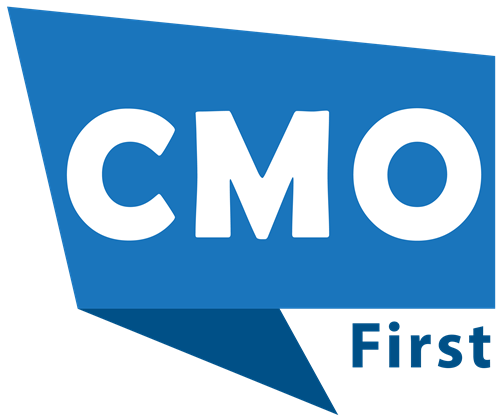




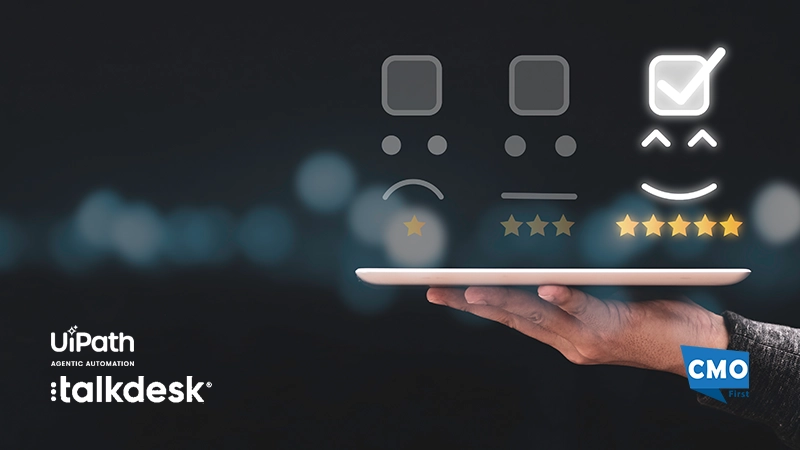
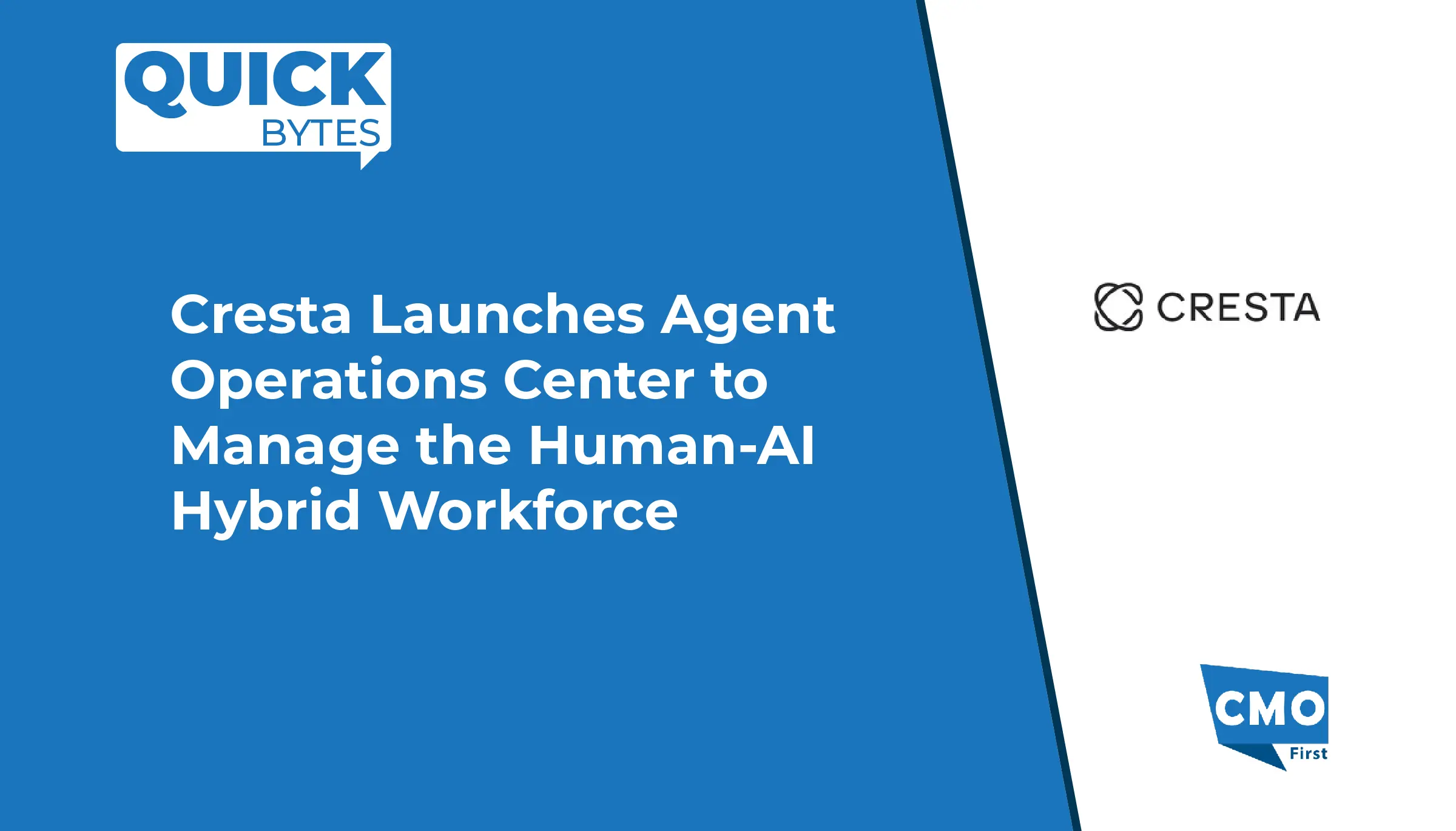
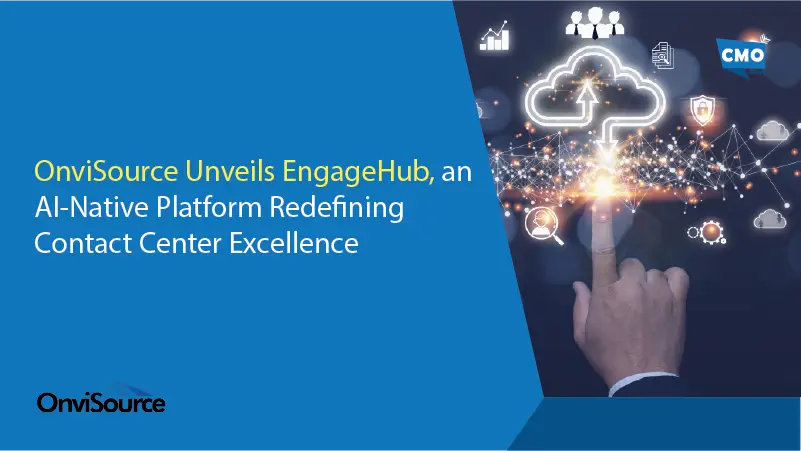

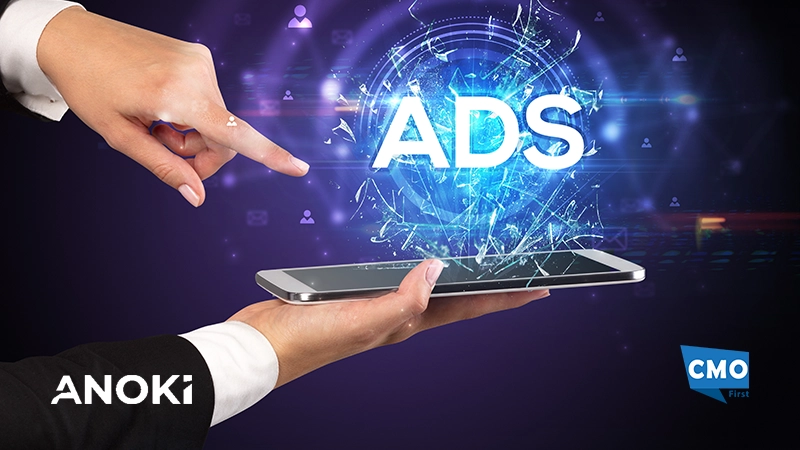
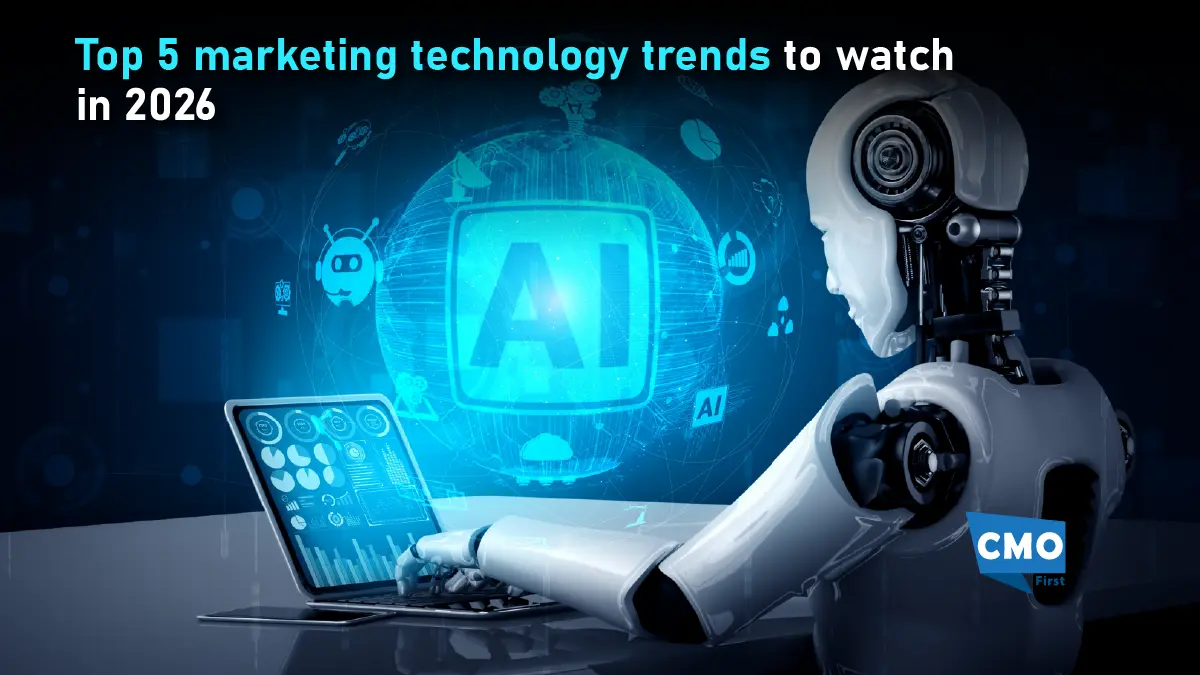
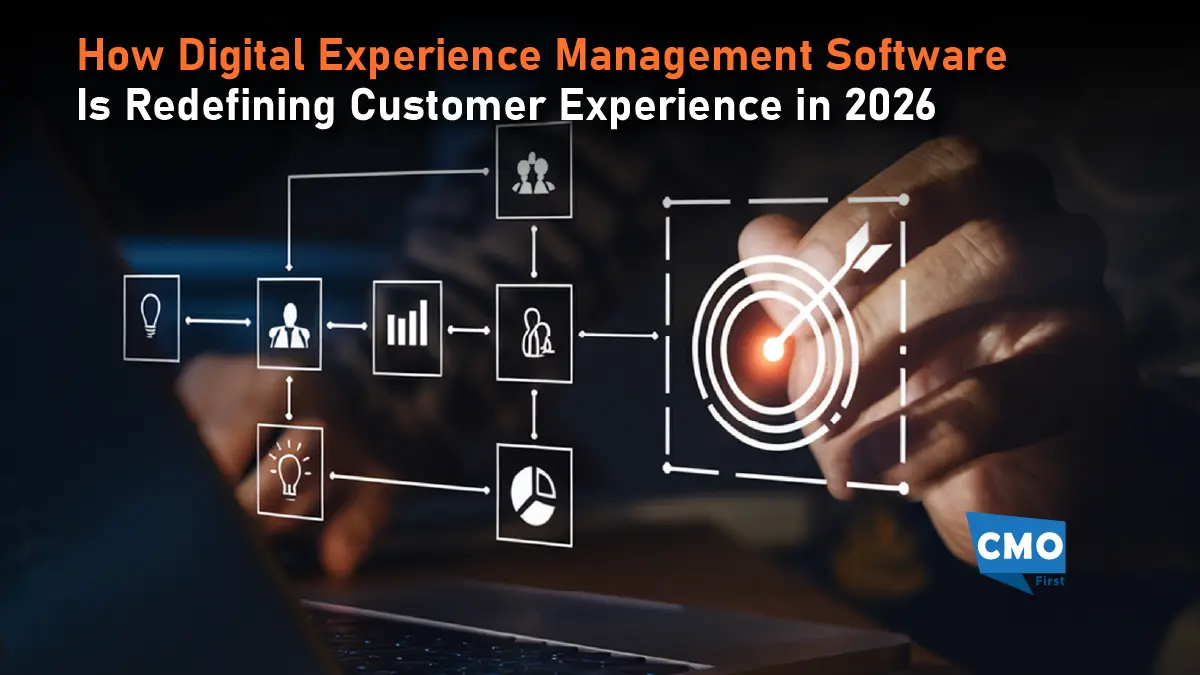
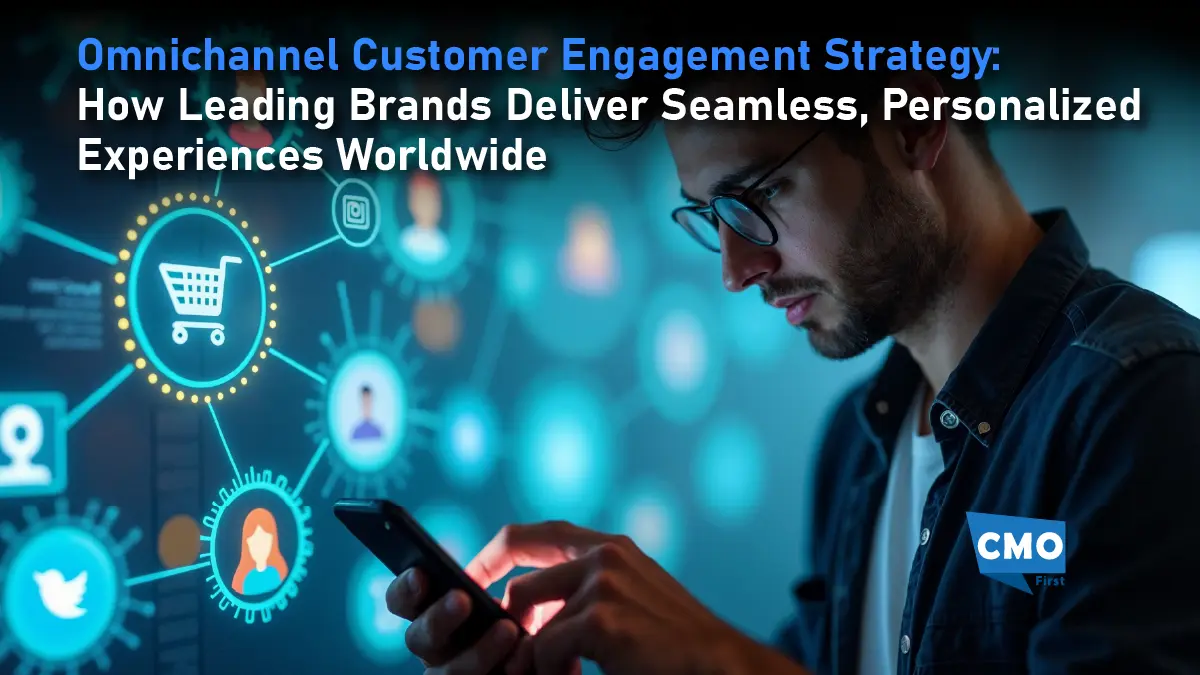
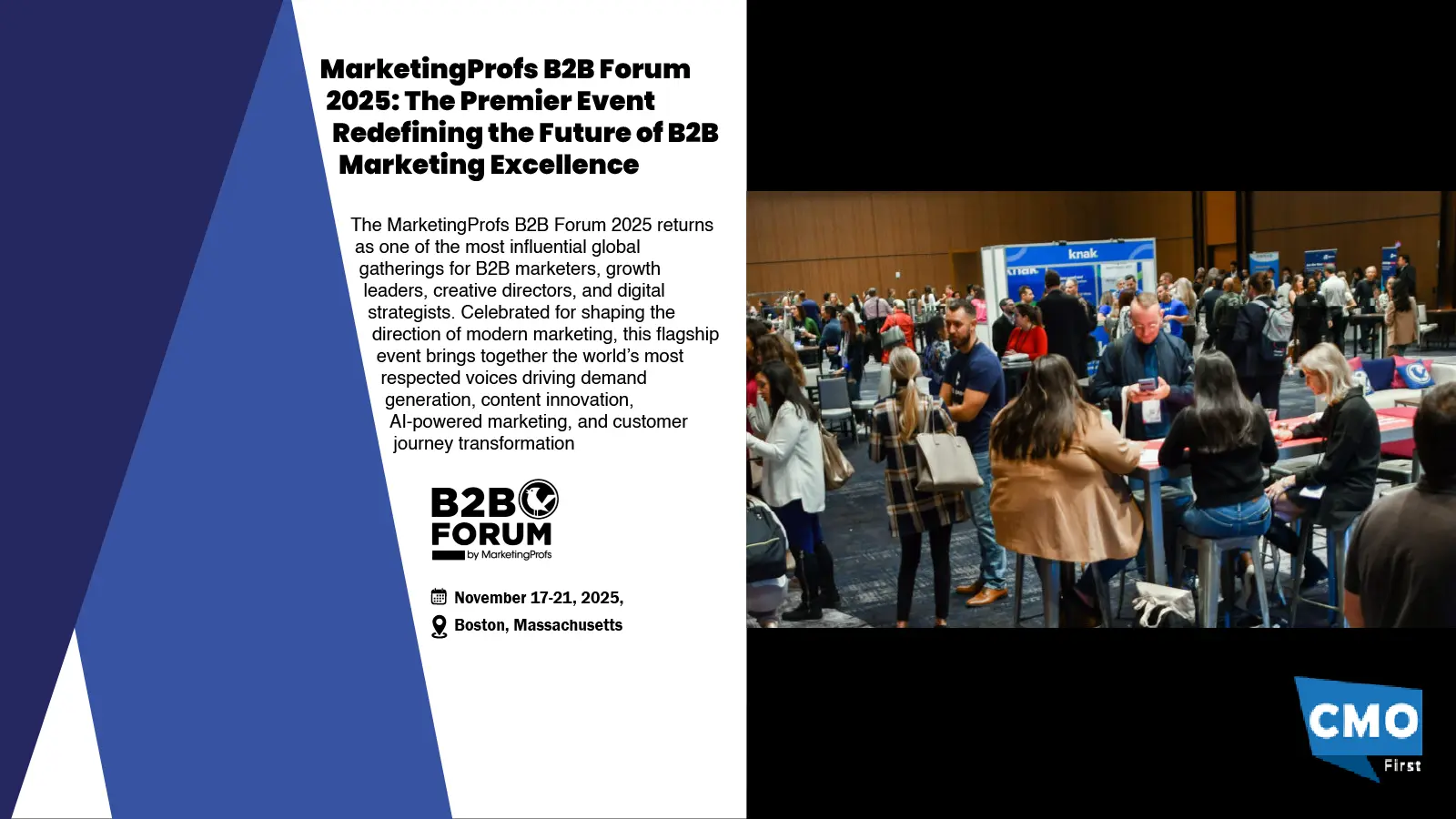

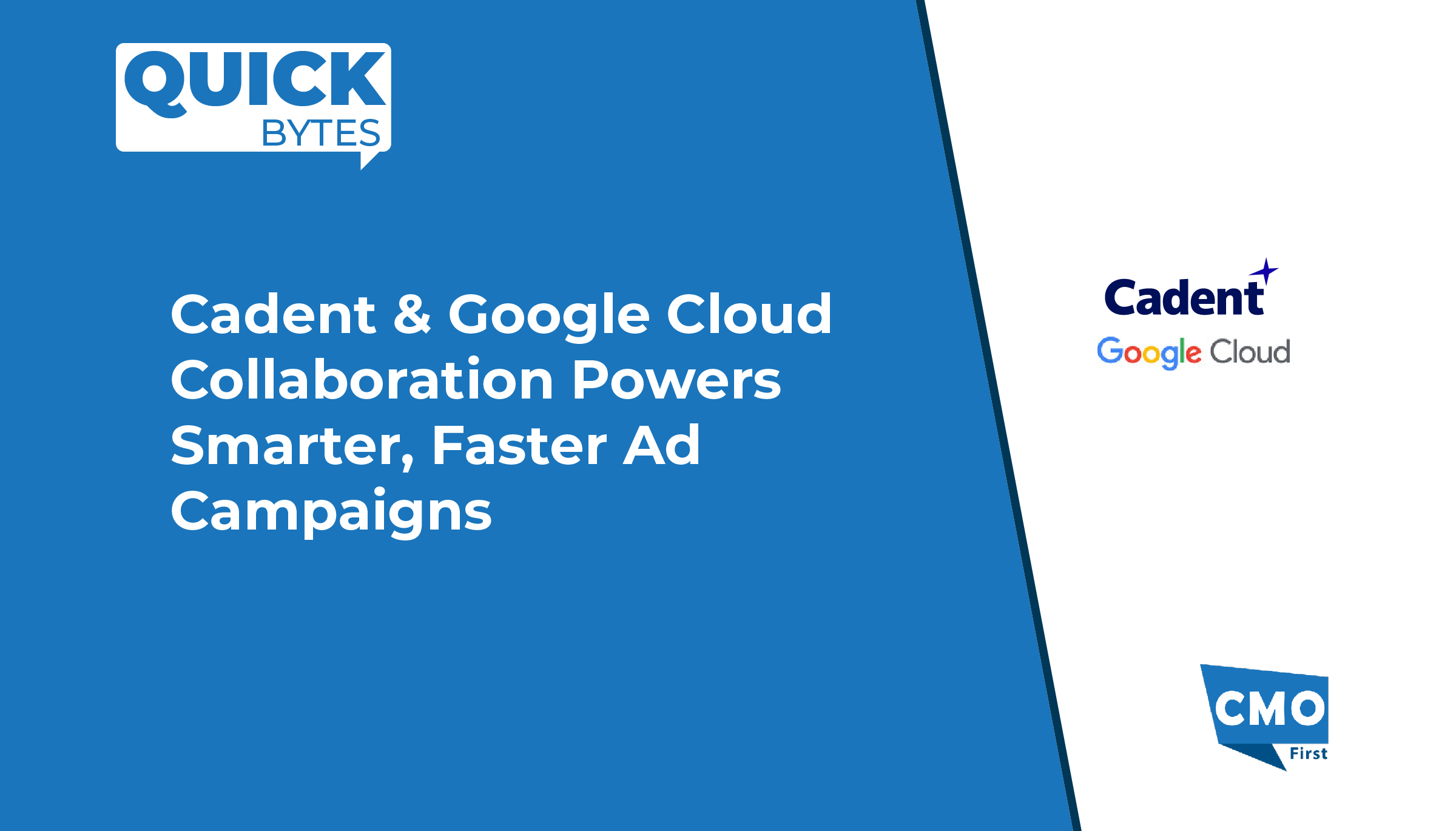

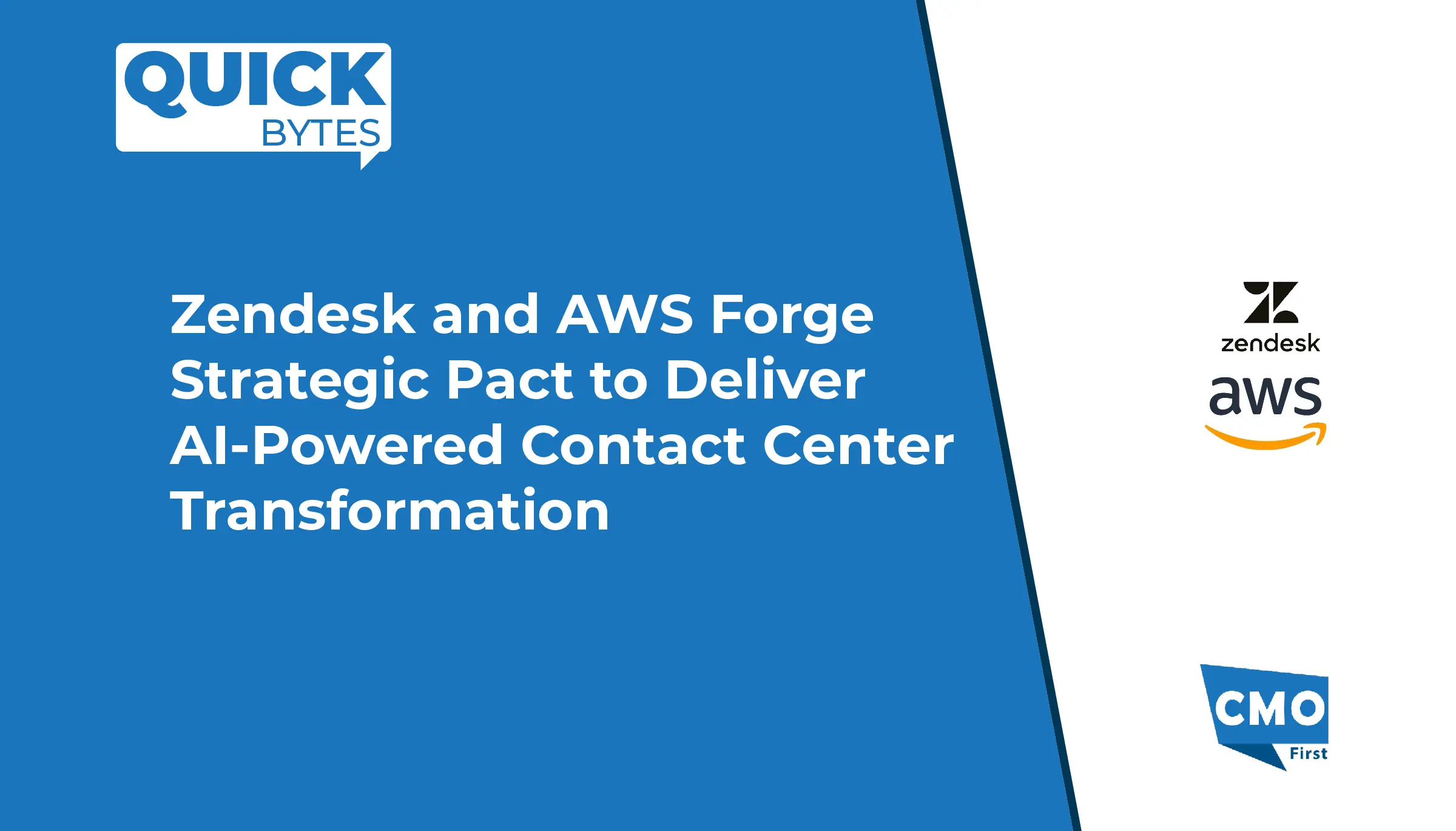
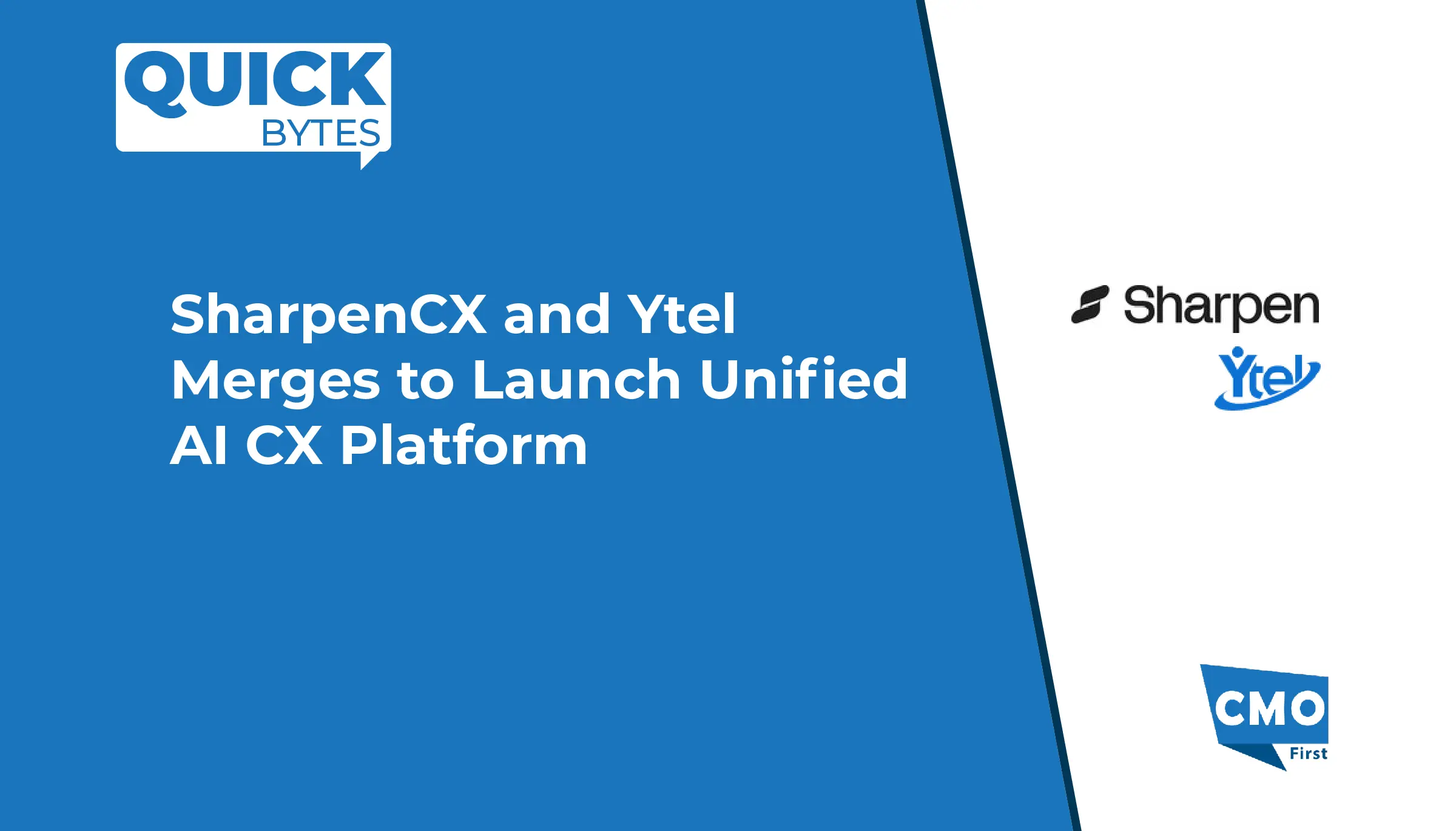
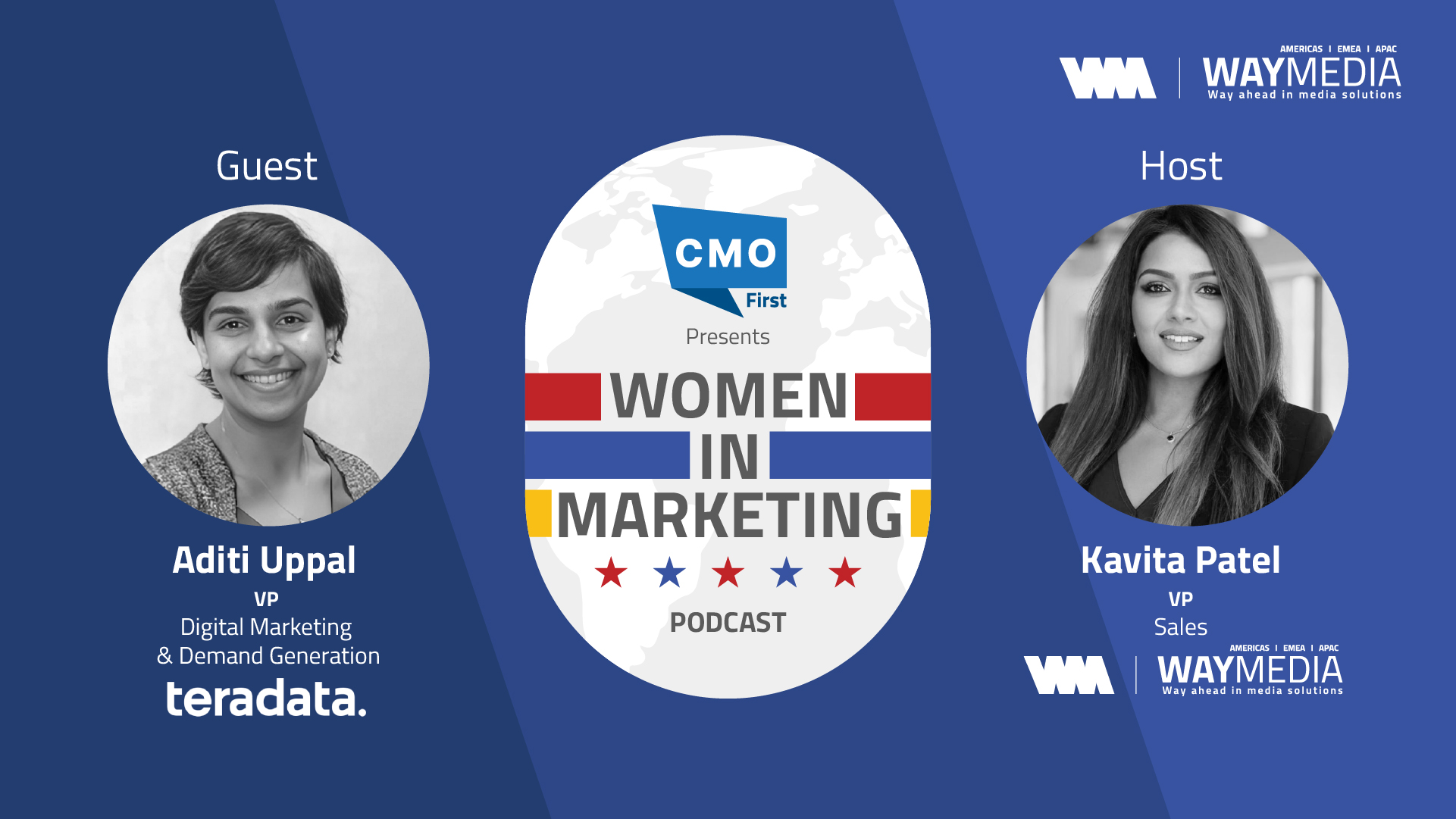

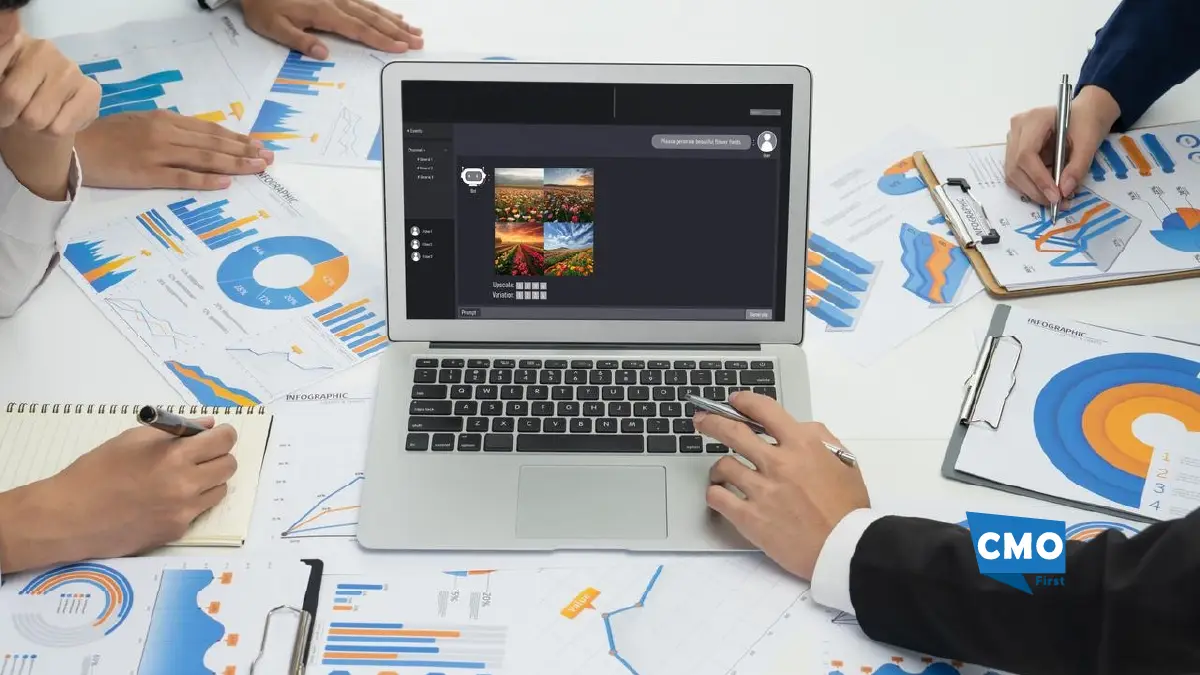
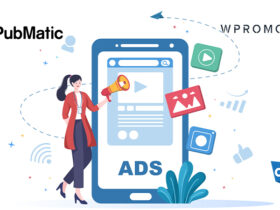
Leave a Reply